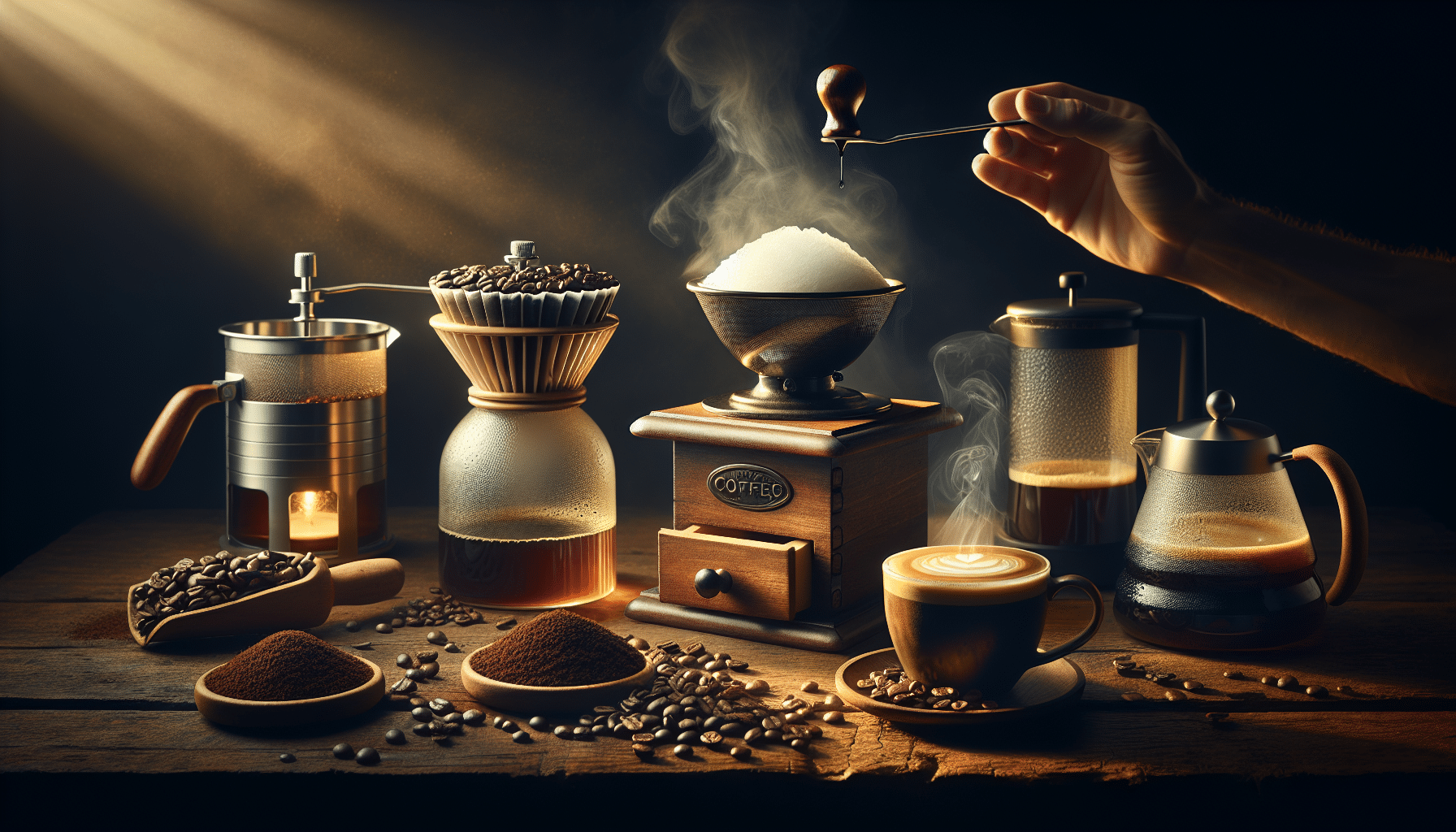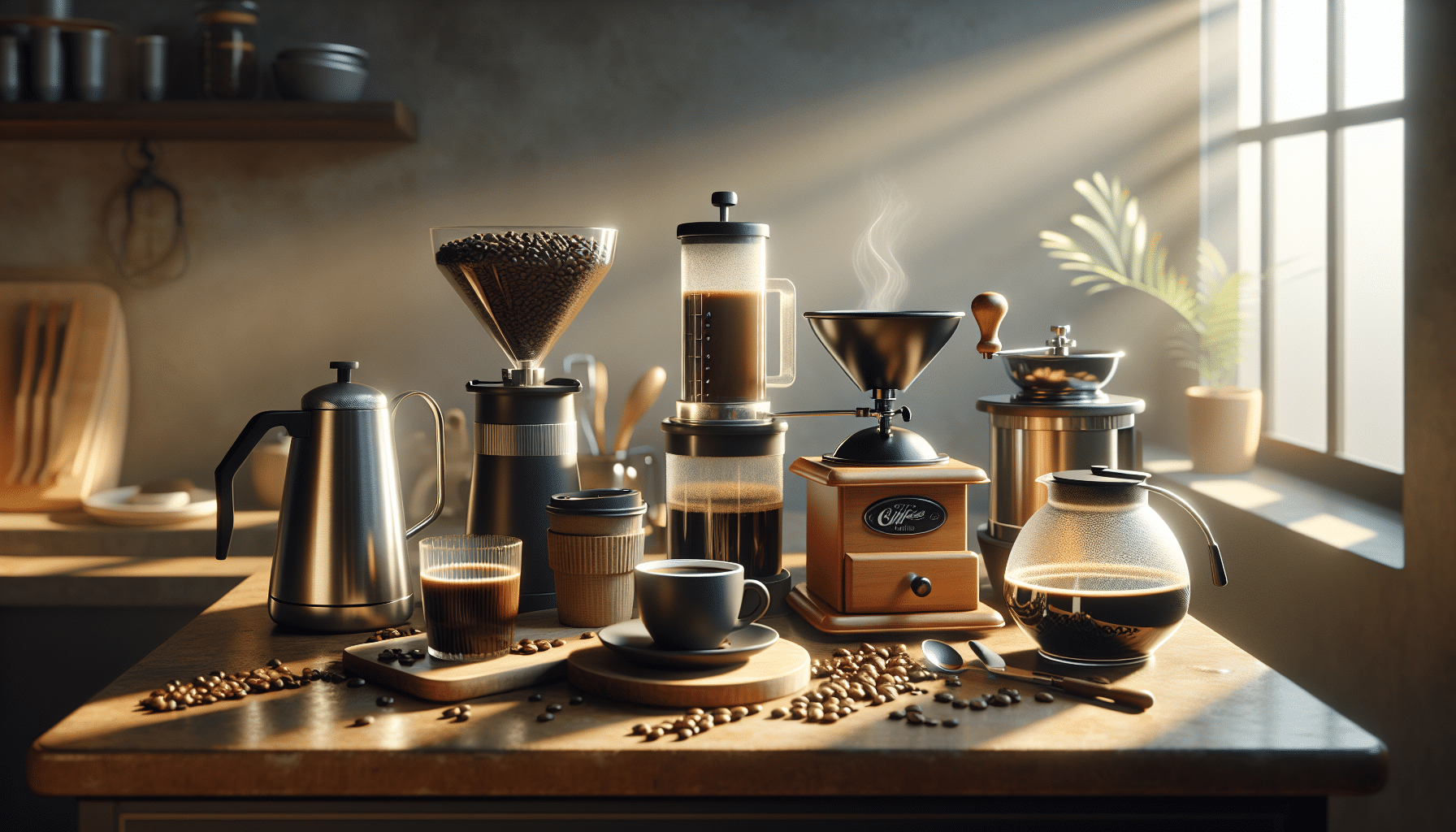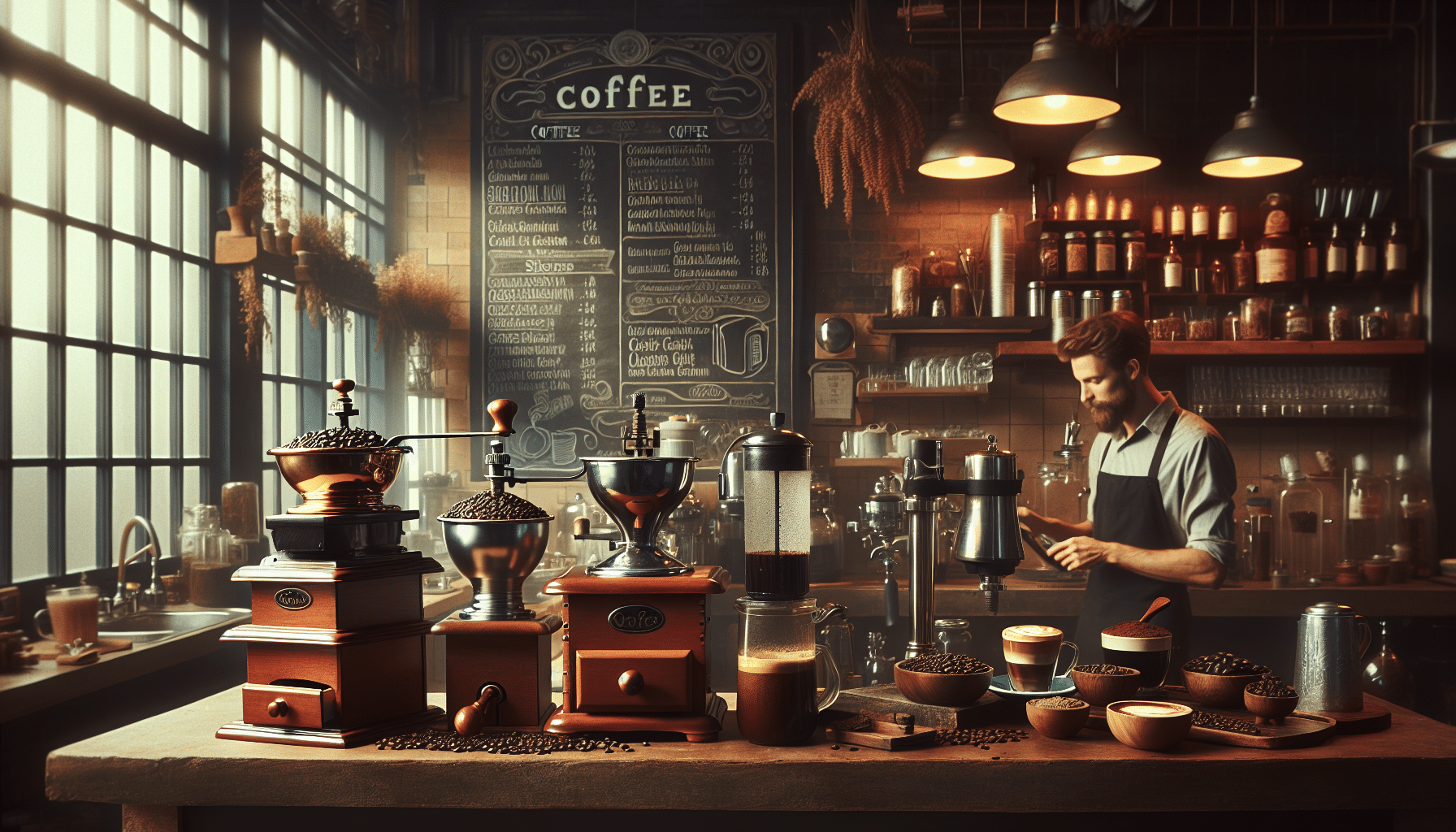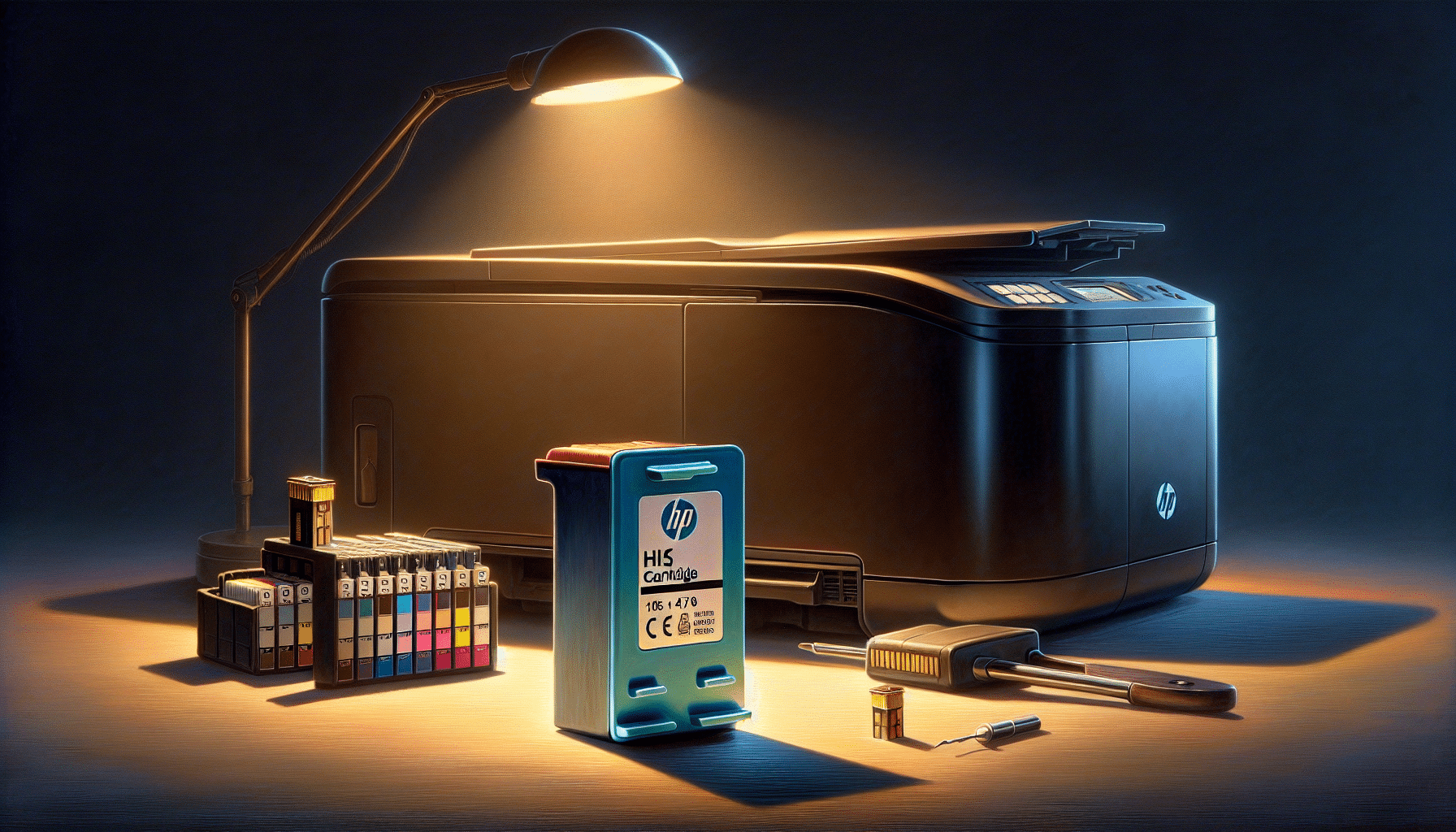
Exposing the Magic: Steps for Making Coffee at Home Like a Pro
Welcome to the incredible world of coffee brewing. We all relish that perfect cup of coffee, don’t we? The taste, aroma, and warmth that comes with each sip is unparalleled. Getting that cup just right is an art and today, we’re unveiling the secrets behind it. So, how about we get started? Knowing about coffee and the brewing process is more than just a recipe, it’s unlocking the understanding of what makes a good coffee, good. Stick around, as we move into understanding our favourite brew, right from coffee beans to your coffee cup.
Key Takeaways
Understanding your coffee beans and roast level can significantly influence your cup coffee’s taste and quality.
The grind size of your coffee crucially affects the brewing process and the resultant flavor.
Different brewing techniques, like Pour-Over, Drip Coffee, French Press, and Aeropress, can offer unique flavors and experiences.

Understanding Your Coffee Brew
Let’s get real about coffee. Peeling back the curtain on your favourite brew is like discovering the world in a bag of beans. First and foremost, the type of coffee bean and its roast level can make a massive difference to the cup of joe that kick-starts your morning or caps off your meal.
Different beans, like Arabica and Robusta, come with distinct sensory profiles. Arabica, known for its light body and layered sweetness, is the connoisseur’s choice. Robusta, with its uniquely strong, full-bodied flavour, is like the coffee equivalent of a burly uncle. Different roast levels, from light to dark, also add to the flavour symphony, hinging on our willingness to explore.
| Type of Bean | Origin | Taste Profile | Caffeine Level |
|---|---|---|---|
| Arabica | Southwest Ethiopia | Light, Sweet, Fruity | Lower |
| Robusta | Sub-Saharan Africa | Strong, Earthy, Bitter | Higher |
| Liberica | West Africa | Smoky, Dark Chocolate | Moderate |
| Excelsa | Central Africa | Fruity, Tart | Variable |
The Role of Your Coffee Grinder in Your Coffee Recipe
Think about your coffee grinder as a magical artifact that sets free the essence of coffee trapped within the beans. The size of the coffee grounds, a result of how long they danced with the grinder, significantly affects the extraction process. Brewing could work with the finesse of a symphony or the chaos of a rock concert, depending on the size of the grounds.
Grinding methods can vary from super fine (like your romantic interest) to coarse enough (like good old rock salt). For example, espresso and aeropress call for a fine grind while a French press works well with coarser ground coffee. It’s high time that coffee grinder gets its due credit!
Perfecting Pour-Over, Drip Coffee, and More
Wondering how to make coffee that sings harmoniously in your morning ritual? Understanding brewing techniques is your ticket to a concert that hits the right notes. The Pour-Over method, which depends on a flow of hot water over coffee grounds, lets you control the brewing process with the precision of a maestro. With this method, you become the artisan, bringing out the melodic undertones inherent in every bean.
Drip coffee is like the reliable beat of the drums in the background. Just load your coffee, pour water, and let the machine do the work. Each brewing method brings out unique flavours; it’s not so different from wearing mismatched socks on purpose. It’s all about embracing diversity!
| Brewing Method | Grind Size | Brew Time | Flavor Profile |
|---|---|---|---|
| French Press | Coarse | 4-5 Minutes | Rich, Full-bodied |
| Pour-Over | Medium | 2-3 Minutes | Smooth, Delicate |
| Espresso | Fine | 20-30 Seconds | Intense, Concentrated |
| AeroPress | Medium to Fine | 1-2 Minutes | Clear, Well-defined |
| Cold Brew | Extra Coarse | 12-24 Hours | Sweet, Smooth, Low-acidity |
Brewing a Cup Using a French Press and Aeropress
As you navigate the corridors of coffee brewing, French Press and Aeropress may appear as mysterious as spellbooks in a wizard’s library. These brewing methods depend essentially on immersion. You mix coffee and water, let them tango for a few minutes, and press. Now, is that a potion or a perfect cup of coffee?
Using coffee pods in your Aeropress brings a different kind of magic. This nifty device uses air pressure for extraction, proving that great things often come in compact sizes.
Adventures in Coffee Making: Cold Brew and Frothy Experiences
Fancy a summer love? How about trying a cold brew? Contrary to popular belief, a cold brew is not just hot coffee served over ice. A real cold brew is a labour of love, an art that requires letting coffee steep in cold water over an extended period.
Create a frothy cup of coffee right in your kitchen. You don’t need a barista title or a fancy machine. Start with a mason jar, add a serving of your favourite instant coffee, and some hot water. After a vigorous shake, you get a foamy, creamy coffee ready to be savoured. It’s not just an instant coffee. It’s a magic shake!

Conclusion
We’ve tackled the coffee-making art from bean to brew, highlighting key elements that make up the perfect cup of coffee. Starting with the coffee bean and roast choice, one can see how this forms the foundation of your brew’s taste.
Understanding grinding and brewing methods demystified the science behind making a good cup, shedding light on the difference between Pour-Over, French Press, and Airpress. Our gastronomic adventure reinforced that the art of coffee making is a flavorful journey, with the final destination being your perfect cup.
Frequently Asked Questions
How can one create froth for a coffee at home?
Create a foamy coffee by shaking your favourite instant coffee with some hot water in a mason jar. No barista skills required!
What role does a coffee grinder play in brewing coffee?
A coffee grinder is a key tool in coffee brewing. It helps release the coffee essence, and the grind size directly influences flavor extraction.
What’s the difference between Arabica and Robusta coffee beans?
Arabica and Robusta beans carry unique flavor profiles. Arabica has a light, sweet taste, while Robusta brings a strong, full-bodied flavour result.
What are some brewing techniques to make a perfect cup of coffee?
Pour-Over, French Press, and Aeropress are some techniques to brew coffee. Each technique enhances distinct flavors suited to different palates.
What’s the proper way to make a cold brew coffee?
Cold brew coffee requires steeping coffee in cold water for an extended period. It’s different from simply serving hot coffee over ice.











